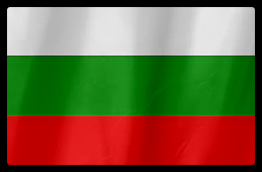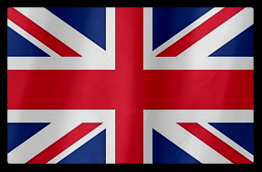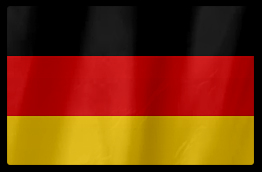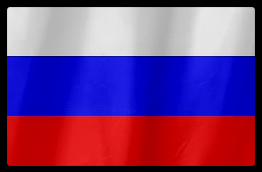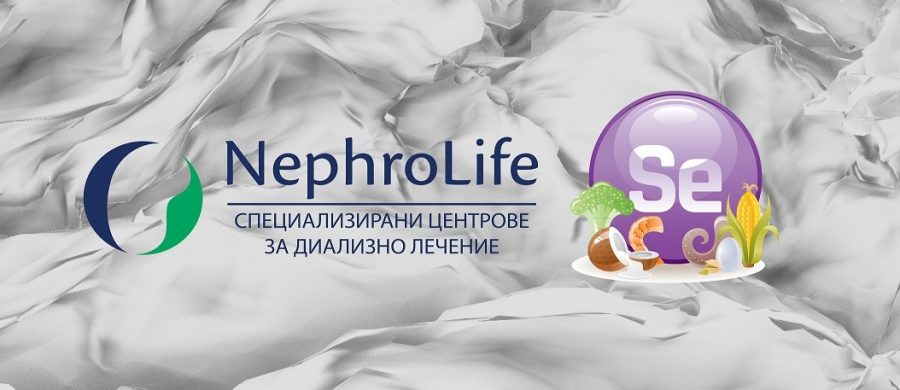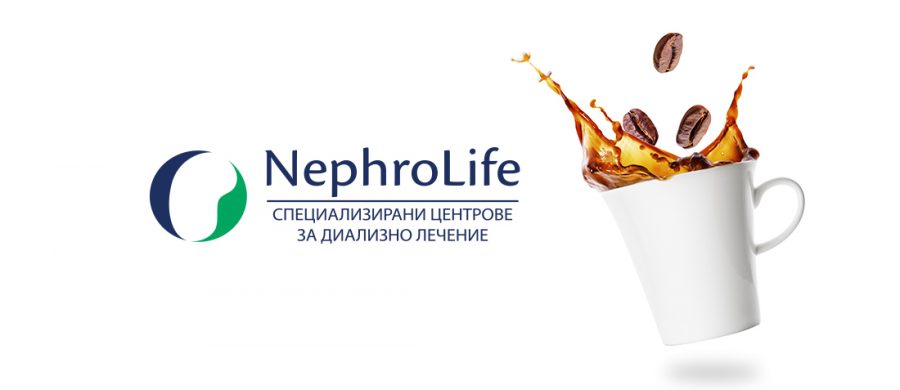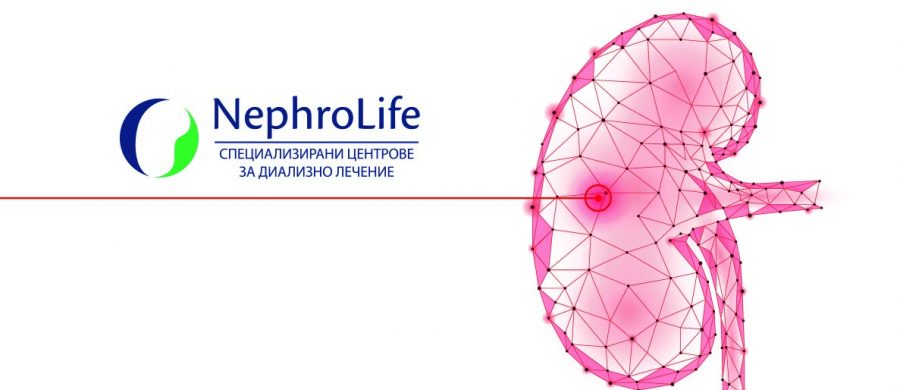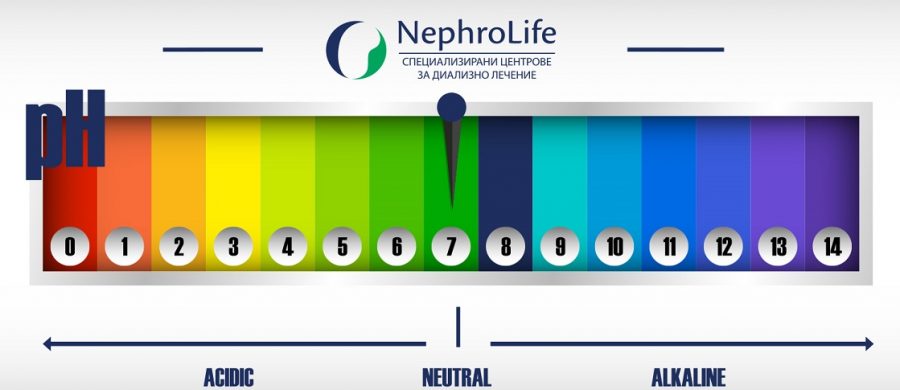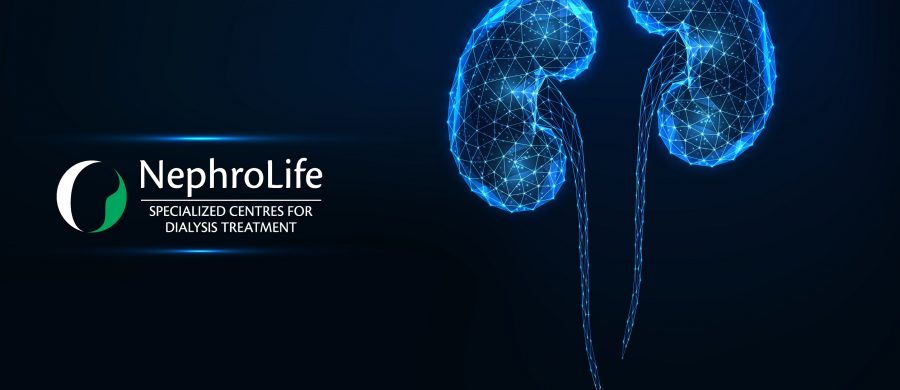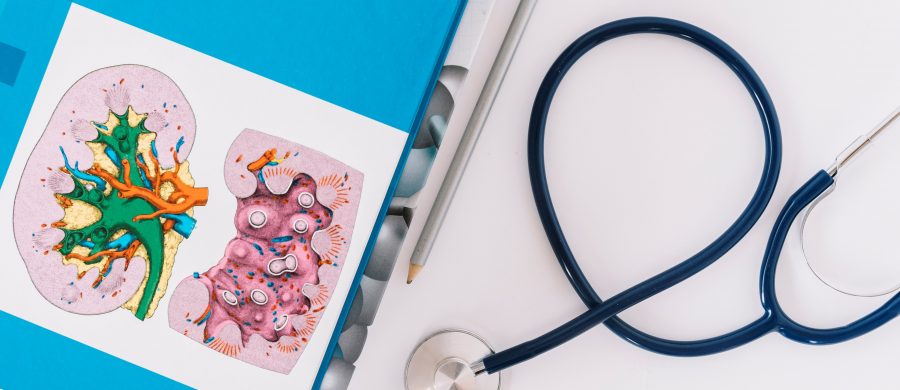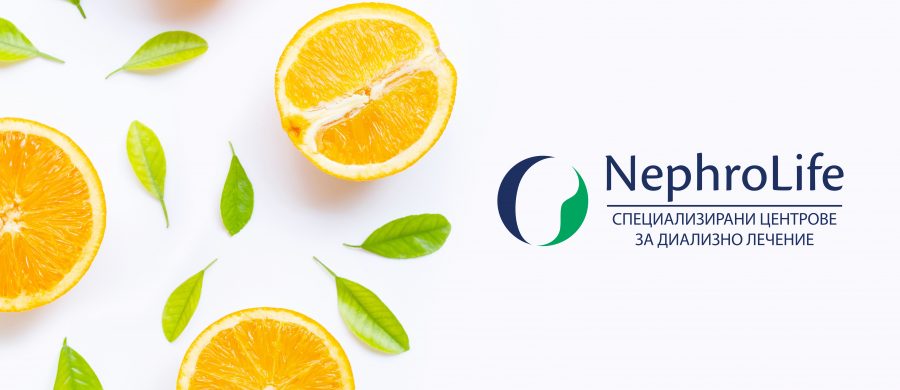Selenium (Se) is a trace element that is involved in the regulation of thyroid hormone metabolism, enzymatic antioxidant protection and the immune system. It was discovered in 1817 by the Swedish chemist Jons Berzelius. Over time and a number of studies have been proven that this micromineral has strong antioxidant properties, helps the right and proper functioning of the thyroid gland, controls hormones and plays an important role in maintaining the immune system.
Se deficiency is sometimes associated with cardiovascular disease, connected with atherosclerosis and increased risk of viral infections. Low serum Se levels are common in patients with acute renal failure or chronic kidney disease.
The relationship between hyposelemia and associated health problems, such as renal failure has not been thoroughly studied worldwide. It has been reported that both low serum Se levels and renal failure may be associated with an increased risk of coronary heart disease, immune dysfunction, increasing the risk of death from infectious diseases in hemodialysis patients.
Factors such as age, inflammation, fluid retention and dialysis treatment may increase oxidative stress levels in people with chronic kidney disease (CKD). Some studies have reported that Se status and immune function improve after oral and intravenous addition of Se in renal patients, reducing oxidative stress products. The available data encourage and motivate more in-depth studies to elucidate the true extent of Se deficiency and the need for Se supplements in patients with kidney disease.
Selenium is a mineral found in soil. You can naturally get it by eating more cereals, such as wheat, corn or rice. Selenium is also found in seafood, eggs, sunflower seeds and meat.

